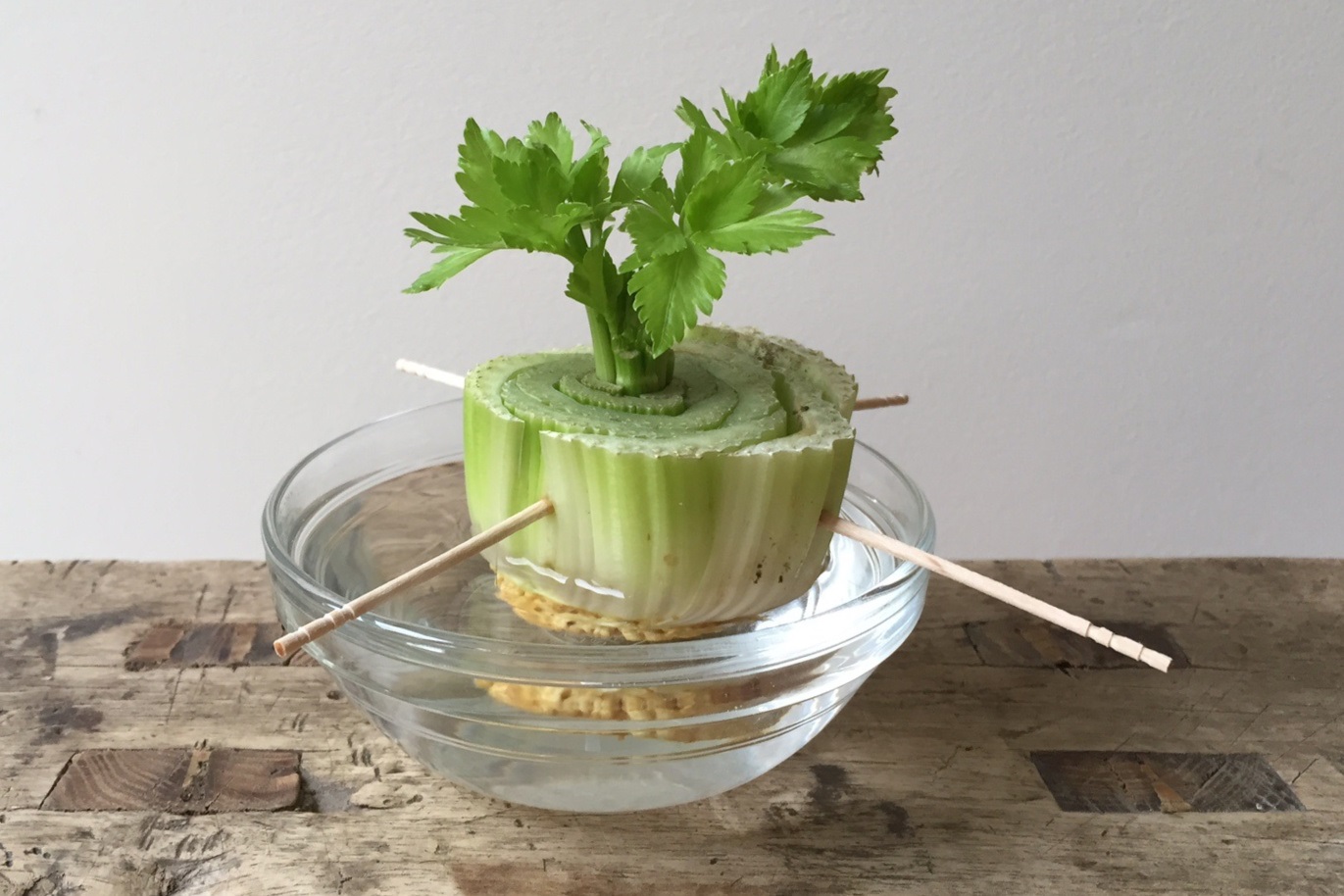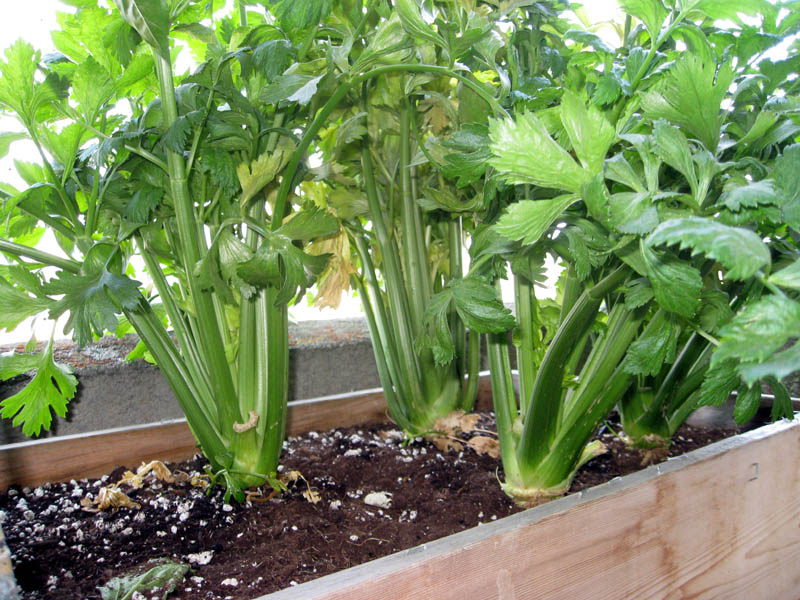Knowing how to grow celery indoors is a simple method for ensuring that you have fresh, crisp vegetables available all year long.
Is it possible to properly grow celery inside such that the vegetables have all the flavor and texture they would have if grown outside? Not only is this doable, but there are a variety of approaches that may be used to achieve it.
Growing celery indoors isn’t nearly as difficult as you may expect. Celery, or Apium graveolens, is a plant accustomed to chilly weather, although it can grow in various climates and hardiness zones.
All you need is some patience if you want to cultivate celery at home. Before you know it, you’ll have a plethora of celery stalks to serve as the foundation for some of your favorite recipes.
Growing Celery Indoors
Types of Celery to Grow Indoors
There are several celery kinds to cultivate at home, just like any other plant. Celery is cultivated in three different ways for different reasons.
- Celeriac is farmed for its root, which is commonly mashed or pureed.
- Leaf celery is also grown for its aromatic foliage.
- The most popular form of celery is stalk celery, known for its crispy, crunchy stalks.
It’s reasonable to presume you cultivate celery for the stalks, and there are several types to choose from. Because producers don’t have to create a dirt base around the plant to protect it, Golden Self-Blanching celery is incredibly popular. The heirloom red celery has crimson stalks and dark green leaves.
There are many more, but no matter whatever type you pick, they all have comparable care requirements and are simple to cultivate, even for a novice gardener.
Growing Celery Indoors from Existing Plants
It is feasible to regenerate celery by repurposing an old celery base. This approach is an amazing DIY celery-growing tactic. The base must be connected for this unique method to work.
Pick up a bundle of fresh, vivid celery leaves from your local grocery shop. Remove any dirt from the outer stalks by rinsing them in cold water and cutting them from the base with a sharp knife. Keep the bottom and use the individual stalks as needed.
Dry the celery’s base with a paper towel or clean cloth, then place it in a basin twice as wide as the base. Place four toothpicks on the sides of the base and place the cut side up in the center of the bowl. To promote development, fill the bowl two-thirds full with warm water to come up the edges of the celery.

Celery requires direct sun, so position the water bowl in a location with a minimum of six hours of direct sunlight. If needed, you can place it under a grow light. Every other day, replace the old water with fresh water until little green, and yellow leaves emerge from the top.
Fill a big container with potting soil, and plant celery to cover the base, and the emerging shoots are evident after approximately a week. Watch the plant develop while you water it.
Here is a great video about growing celery indoors.
How to Grow Celery from Seeds
Celery seedlings should be started within ten to twelve weeks before the final spring frost. To make germination easier, soak the seeds in a small basin of warm water overnight. Drain the celery seeds and place them in a container with drainage holes at least eight inches high.
Cover the seeds with another quarter-inch of earth and scatter them over the top. Spray the seeds with a spray bottle to uniformly moisten the mix, then place the planting container in a warm, sunny location. After the leaves reach two inches, you can safely transplant the young plants into your garden.
Here is a great video tutorial about growing celery from seeds.
Another way to grow celery indoors is to transplant them into larger containers rather than in your garden. The stalks should thrive if the potting soil pH is kept between 6.0 and 7.0 and the soil is kept wet. If you don’t have to grow lights, make sure they get six to seven hours of direct sunshine every day.





